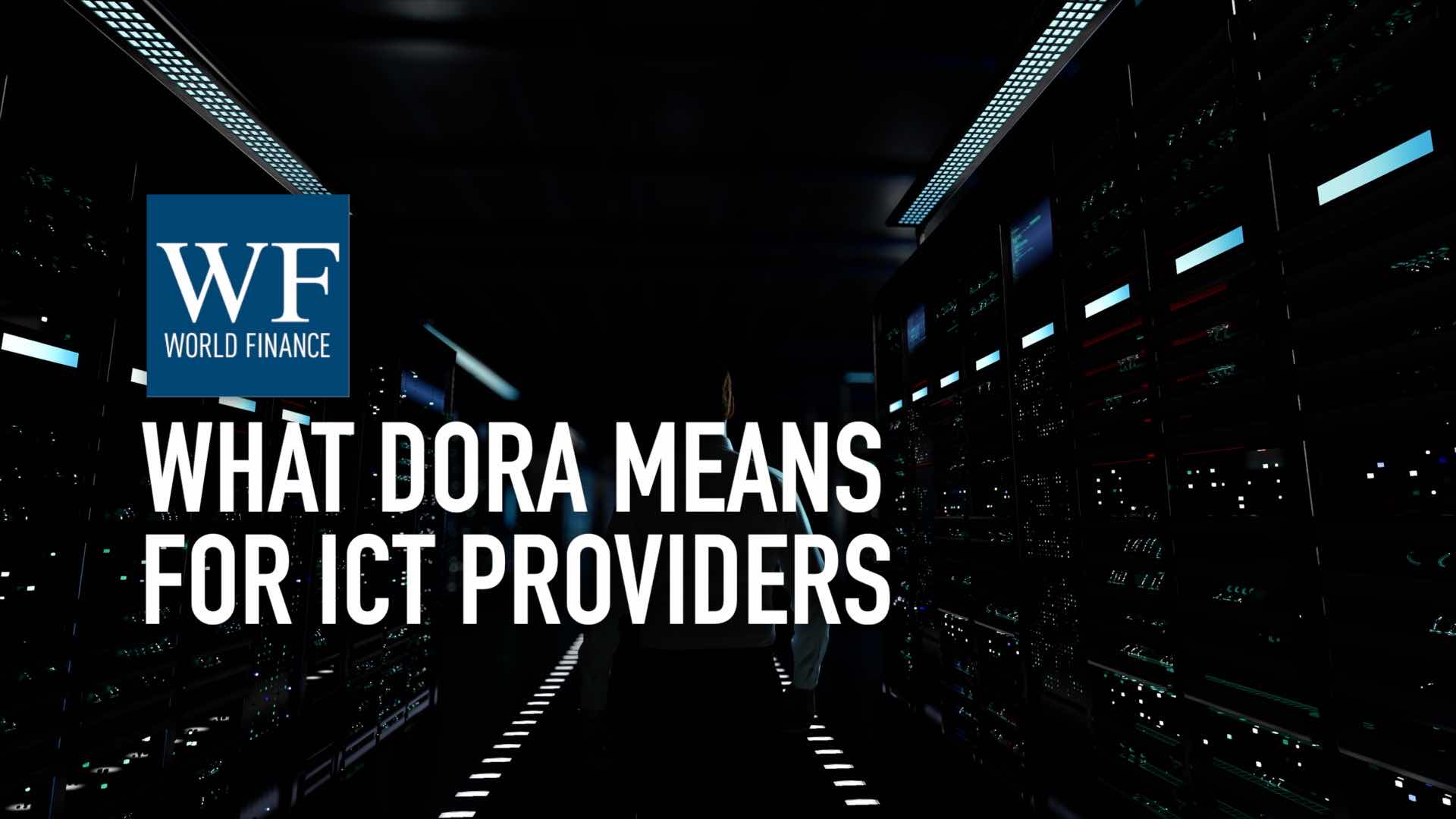Kamakura’s Troubled Company Index shows trends in e-commerce, Brexit
Kamakura President and COO Martin Zorn reveals the 2018 trends in the global companies most at risk of default
Related:
Transcript
The Kamakura Troubled Company Index started in 1990. It looks at the 38,000 companies in Kamakura’s coverage universe, and returns those businesses that are most likely to default in the next month. Kamakura President and COO Martin Zorn explains how the index demonstrates the stresses in the US retail sector caused by the risk of e-commerce, and how it shows the UK performing worse than any other EU country today. In the other half of this interview Martin discusses Kamakura Risk Information Services, and how it helps risk managers run financial simulations when there’s no historical precedent.
Martin Zorn: The Kamakura Troubled Company Index started in 1990, and what it measures is the percentage of companies in our coverage universe – which is 38,000 companies – that have a one month default probability that’s in excess of one percent.
So, in doing that, what it measures is the one percent of the total coverage of companies that at any point in time are the riskiest in our universe.
The use of it is really multifaceted. The simplest use is basically showing the state of the economy in the short-run, relative to default probability. So, default probabilities rise and fall with business conditions. Looking at the one month default probability shows the shortest measure of potential financial distress within the economy.
So you could look at it on a global basis, if you look at all 38,000 companies, because that’s incorporating data from 68 countries. It also allows you to focus in on specific countries, and it also allows you to look at certain sectors. So you could basically see which sectors have higher risk than others on a relative basis.
Over the last six months in the US, what you basically find is a couple of key trends. Most industries are doing very well, from a standpoint there is a very low probability of default. But having said that, there are clearly certain industries that have been under stress.
Probably the most obvious one is the retail sector. And it is not what you would necessarily, typically think the results would be. There are a number of the traditional, brick and mortar, retailers – like Home Depot, and Lowe’s, and Coles, that have very low default probabilities, which indicate that they are doing just fine, even in the world of e-commerce.
But then you also see a number of more traditional brick and mortar, retailers – stores like Seers, JC Penny – that definitely have felt the effect of Amazon, and have a very high default probability. Those firms that have not adjusted their strategies, to basically be relevant in an environment where people can order anything they want online.
The UK is actually quite fascinating. I had not really started noticing this until several months ago, where I attended a conference in Amsterdam. And there was a presentation made on how the various EU countries were performing. And economically, Great Britain was performing worse than any other EU country – including the usual suspects, like Greece or Italy!
And as a result of that I started looking more closely at our Troubled Company Index on the EU countries. And what I did find a disproportionate number of the high risk businesses within the EU tended to be UK firms. And in fact in the last two months, when we take a look at actual defaults, almost 80 percent of the global defaults have been from UK companies.
So, one of the things that the Troubled Company Index on a sector basis will do, is provide you with very good information on where various sectors are. So if we look at it today, what we find is that retail and telecommunications on a global basis are both in a downturn. We see that the energy and natural resource sectors are in a recovery position, where capital markets are lending money to them again, and we see certain sectors such as healthcare, utilities, and green energy very much in an expansionary mode, where there is lots and lots of capital available.
So then, longer-term expected cumulative default measure provides very good insight into not only what the short and medium term future is by sector, but also where the potential risks are, and where the potential spreads could be.

 What the Digital Operational Resilience Act means for board members and CEOs
What the Digital Operational Resilience Act means for board members and CEOs What the Digital Operational Resilience Act means for third party ICT providers
What the Digital Operational Resilience Act means for third party ICT providers
